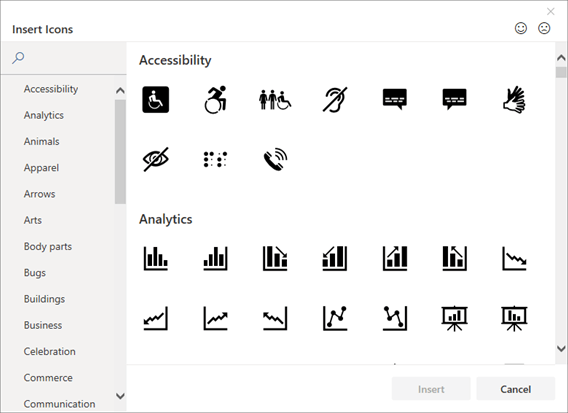- Windows key + G → Open Game bar when a game is open. Windows key + H → Open the Share charm. Windows key + I → Open Settings. Windows key + K → Open the Connect quick action. Windows key + L → Lock your PC or switch accounts. Windows key + M → Minimize all windows. Windows key + R → Open Run dialog box. Windows key + S → Open Search. Windows key + U → Open Ease of Access.
- A computer performs five major operations or functions irrespective of its size and make. These are. it accepts data or instructions as input,. it stores data and instruction. it processes data as per the instructions,. it controls all operations inside a computer, and. it gives results in the form of output.
- To activate the function that corresponds to the symbol, press and hold the Fn key while pressing the function key. See section Keys with icons or symbols for more information. Consult the software's help menu or support site to find out which keys are supported, and the associated functions for those keys.

List Of Computer Functions
This was the list that contains the number code and its corresponding computer symbol. All you need to do is look for the one you want and press the Alt key. Then on the Num Pad, type the corresponding number code and release the Alt key.
Here is a quick list of computer terms, most being requests from Tips4pc members. To see more computer definitions please see the Computer Terms page. You can also get a free 59 page PDF Computer Terms Dictionary when you sign up for the Tips4pc newsletter at the bottom of every post.
If you are new to using computers you should also see my article about basic computer terminology which explains computer terms such as software, hardware, and so on, in details.
Different Icons In Computer
Basic Computer Terminology:
1. Bit: A binary unit of data storage with only 2 digits 0 and 1.
2. BIOS: Acronym for basic input/output system, the built-in software that determines what a computer can do without accessing programs from a disk.
3. Boot: Another Computer term for “Starting a Computer”. Similarly reboot means restart.
4. Byte: 8 bits of data which has a possible value from 0 to 255.
5. Program: A series of instructions to the computer from a user to process different types of tasks according to our need and necessity.
6. Operating System (OS): An operating system works an interface between User and the hardware. It is basically the platform on which users work. Various OS include Windows, MAC OSX, and Linux etc.
7. Application: Application is program that runs on an Operating System. For ex. music player, browser, messengers etc.
8. Internet: It is a worldwide system of computer networks – a network of networks in which users at any one computer can get information from any other computer.
9. Browser: It is a program that displays the files and data on internet through World Wide Web. Examples Include Mozilla Firefox, Google Chrome etc.

10. Driver: A specially written program which understands the operation of the device it interfaces to, such as a printer, video card, sound card or CD ROM drive. It provides an interface for the operating system to use the device.
11. File: A collection of data into a permanent storage structure stored on the hard drive.
12. Floppy disk: A very low capacity storage media which can be written to as easily as it is read. It is highly out of date.
13. Floppy Drive: The hardware component that is used to read or write to a floppy disk.
14. Hardware: Describes the physical parts of your computer which you can physically touch or see such as your monitor, case, disk drives etc.
15. Memory: Used to provide the temporary storage of information function.

16. Network: A general term describing to the cables and electronic components that carry data between computers. It is also generally used to refer to the server computers that provide services such as printing, file sharing, e-mail, and other services.
17. Protocols: A standard method used for communications or other internet and network functions.
18. Security flaw: A software bug allowing an attacker a method to gain unauthorized access to a system.
19. Serial: A data transmission method where data is sent on a single line and one bit is sent at a time. This is similar to a line which one item must come one after another.
20. Software: Describes the programs that run on your system.
21. SPAM: A term used to describe junk and unsolicited e-mail.
22. Storage Media: A term used to describe any magnetic device that computer data can be permanently stored on such as a hard drive or floppy drive.
23. URL: Uniform Resource Locator is the term used to describe a link which points to a location of a file on the internet.
24. Virus: A program that runs on a system against the owner’s or user’s wishes and knowledge and can spread by infecting files or sending itself through e-mail.
25. Vulnerability: Software errors that allow some kind of unauthorized access when they are used or exploited.
26. Word: Two bytes or 16 bits of data with a possible unsigned value from 0 to 16535.
27. Worm: A term used to describe an unwanted program that uses system or application vulnerabilities to infect a computer without the user doing anything but connecting to an infected network.
